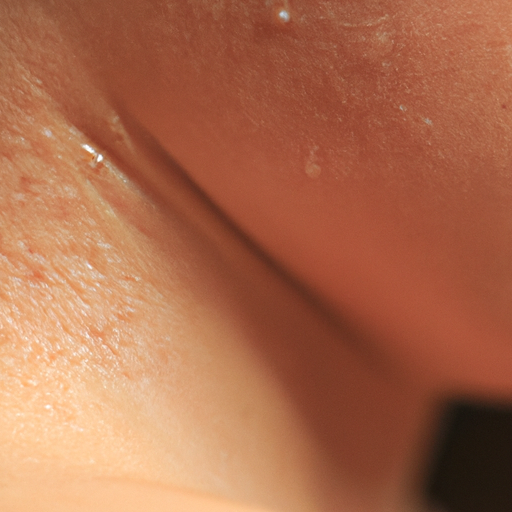As a dermatologist, I encounter countless patients who are grappling with the challenge of managing oily skin. The struggle is real, and the shine can be frustrating, but there’s good news: oily skin can be managed effectively with the right skincare regimen and lifestyle changes. This article aims to provide you with an ultimate guide to tackling oily skin and banishing that unwanted shine.
Oily skin is primarily a result of overactive sebaceous glands that produce excess sebum, leading to a shiny, greasy complexion. While it can be bothersome, it’s important to remember that sebum is not your enemy. It’s a natural substance that moisturizes and protects your skin. The problem arises when there’s too much of it.
Firstly, it’s crucial to cleanse your face twice daily with a gentle, oil-free cleanser. This helps remove excess oil and impurities without stripping your skin of its natural oils. Over-cleansing or using harsh products can actually exacerbate oil production as your skin tries to compensate for the loss of moisture.
Next, incorporate a toner into your routine. Look for ingredients like salicylic acid or witch hazel, which can help control oil and reduce the appearance of pores. However, avoid alcohol-based toners as they can be too drying.
Exfoliation is another key step in managing oily skin. It helps remove dead skin cells that can clog pores and increase oil production. Aim to exfoliate once or twice a week with a gentle, non-abrasive product.
Moisturizing is a step many people with oily skin tend to skip, fearing it will make their skin oilier. However, skipping this step can lead to dehydrated skin, which may trigger more oil production. Opt for an oil-free, non-comedogenic moisturizer that won’t clog your pores.
In addition to these skincare steps, consider making some lifestyle changes. A healthy diet rich in fruits, vegetables, lean proteins, and whole grains can help regulate your skin’s oil production. Avoid foods high in sugars and fats, as they can stimulate sebum production.
Stress can also trigger oil production. Incorporating stress management techniques, such as yoga, meditation, or deep breathing exercises, into your routine can help keep your skin in check.
Lastly, always wear sunscreen. Sun exposure can damage your skin and lead to an increase in oil production. Choose an oil-free, non-comedogenic sunscreen with an SPF of at least 30.
In conclusion, managing oily skin is all about balance. It’s about cleansing and exfoliating to remove excess oil and impurities, moisturizing to keep your skin hydrated, and making lifestyle changes to regulate oil production. Remember, everyone’s skin is different, so it may take some trial and error to find what works best for you. If you’re struggling to manage your oily skin, don’t hesitate to consult a dermatologist. We’re here to help you achieve the healthy, radiant skin you deserve.




